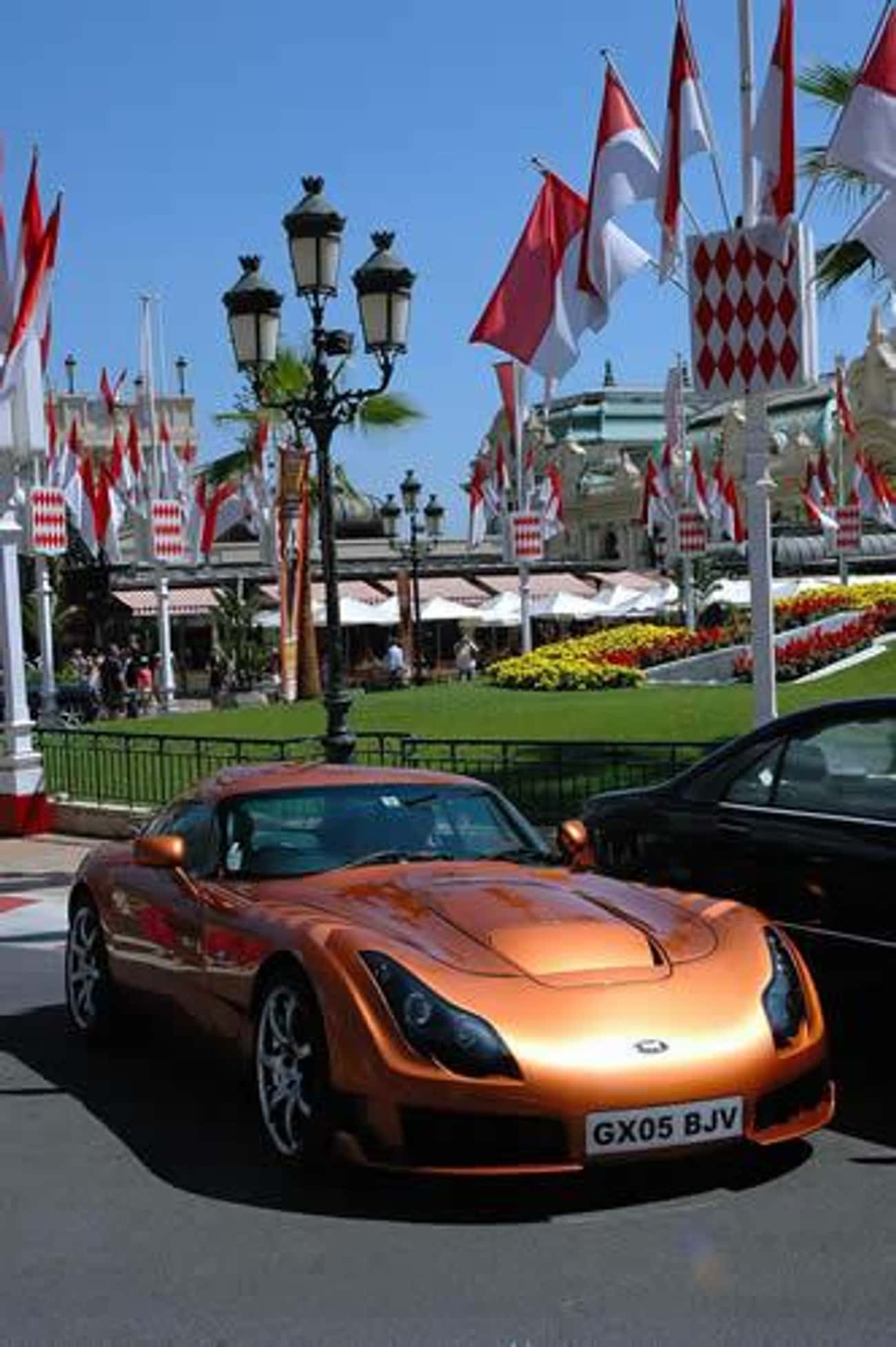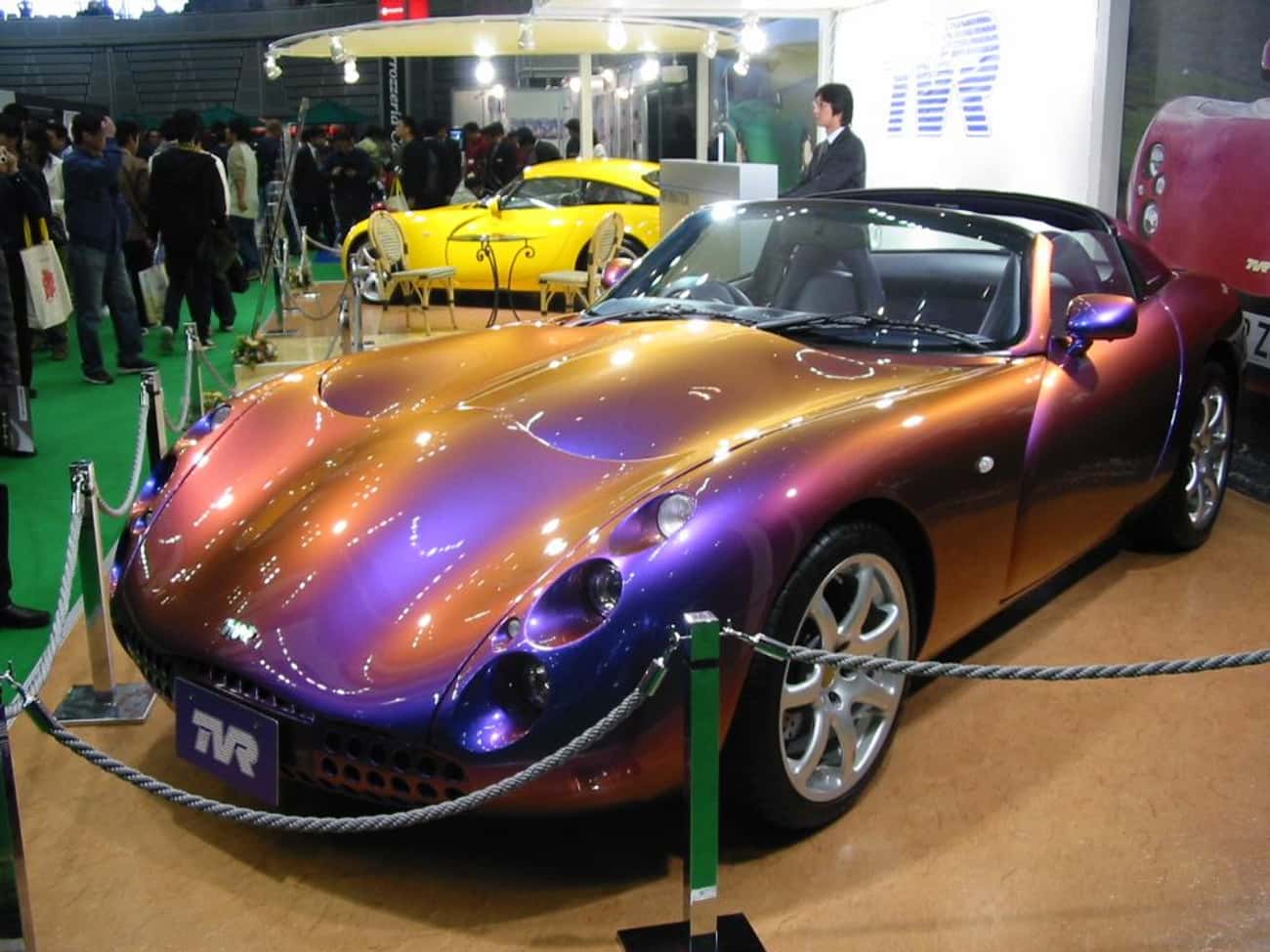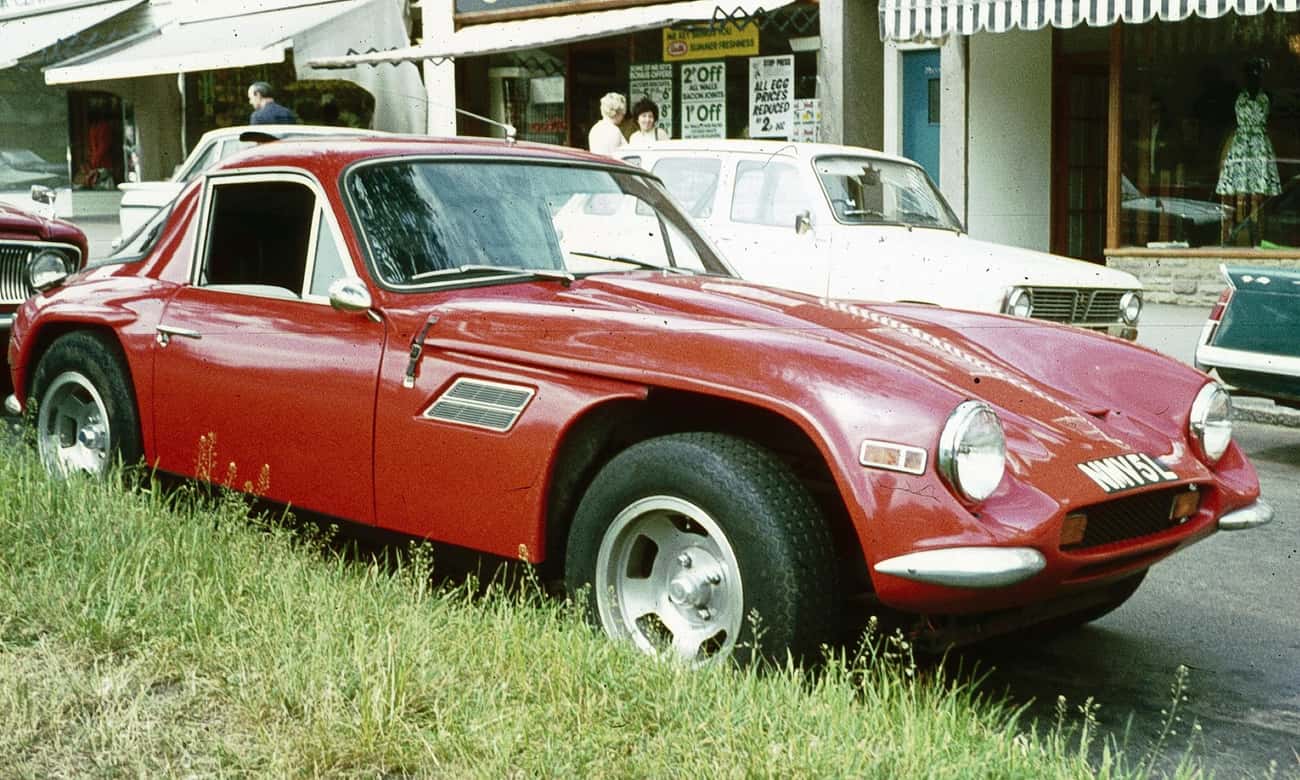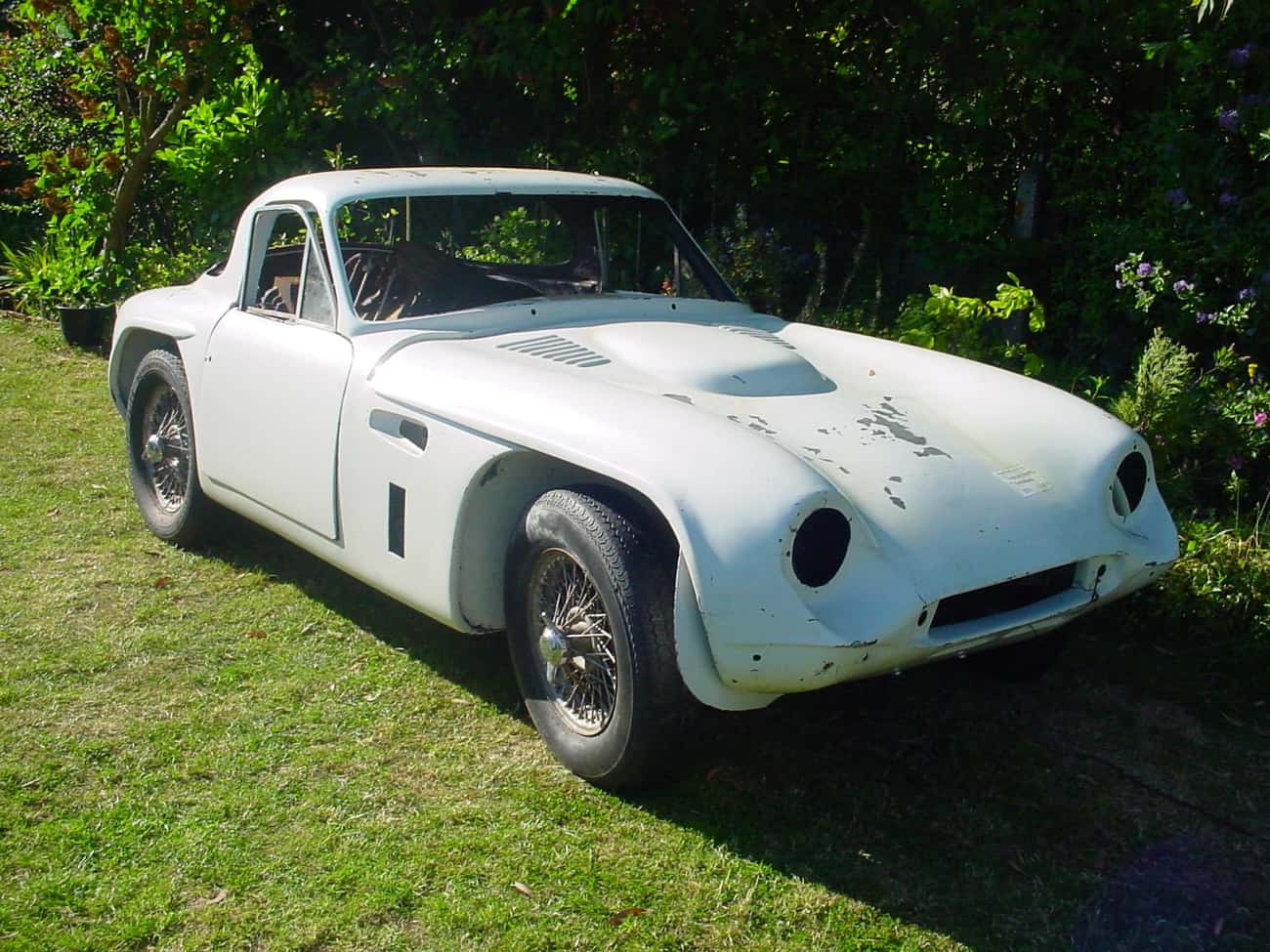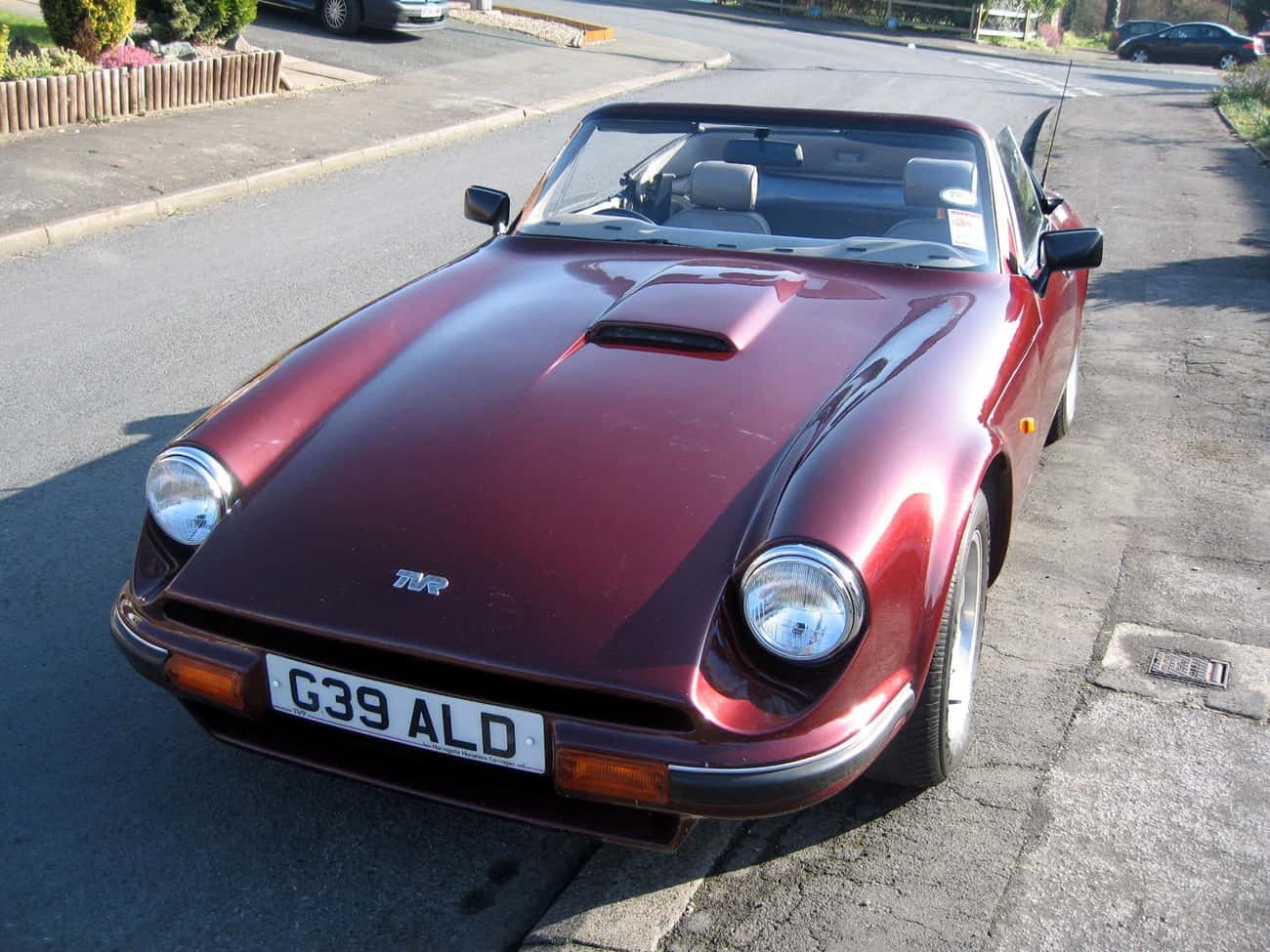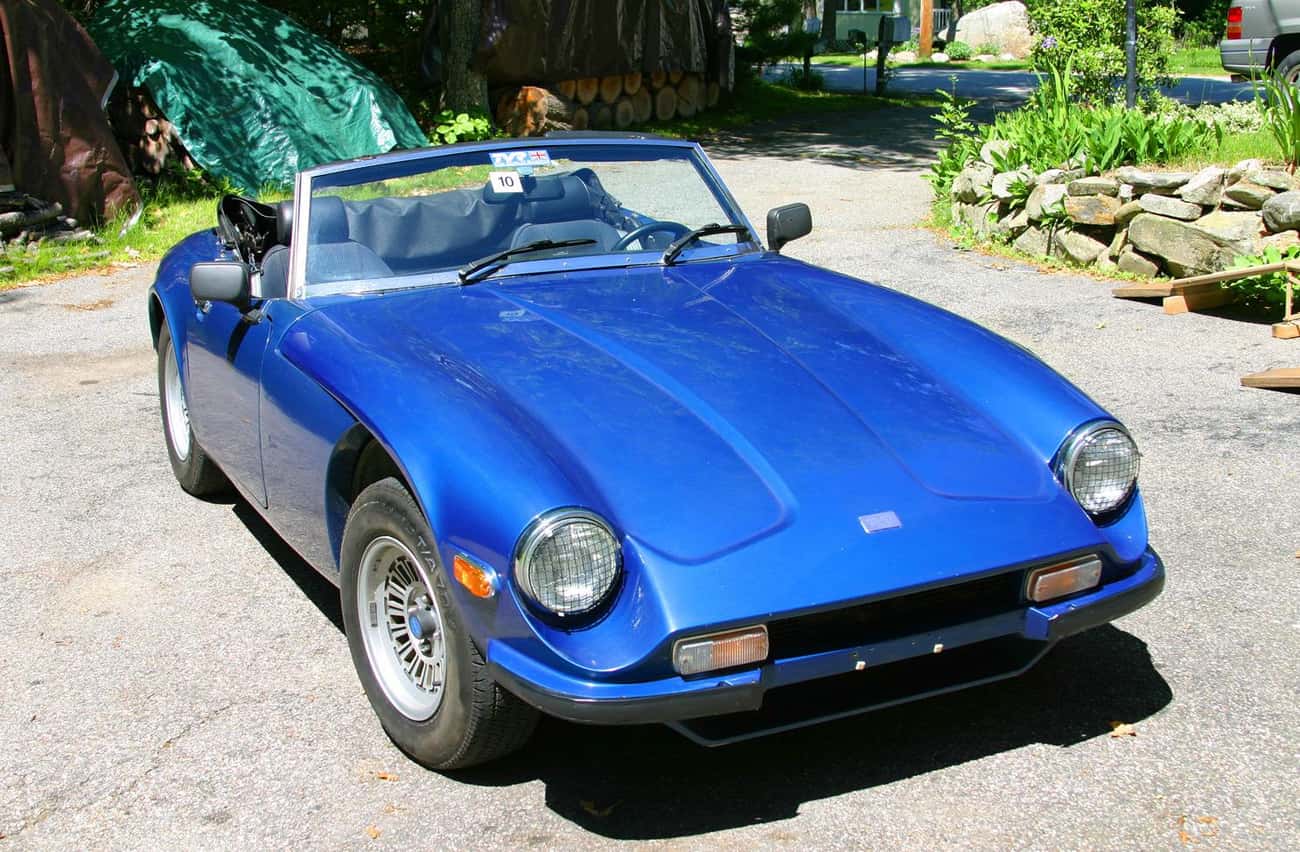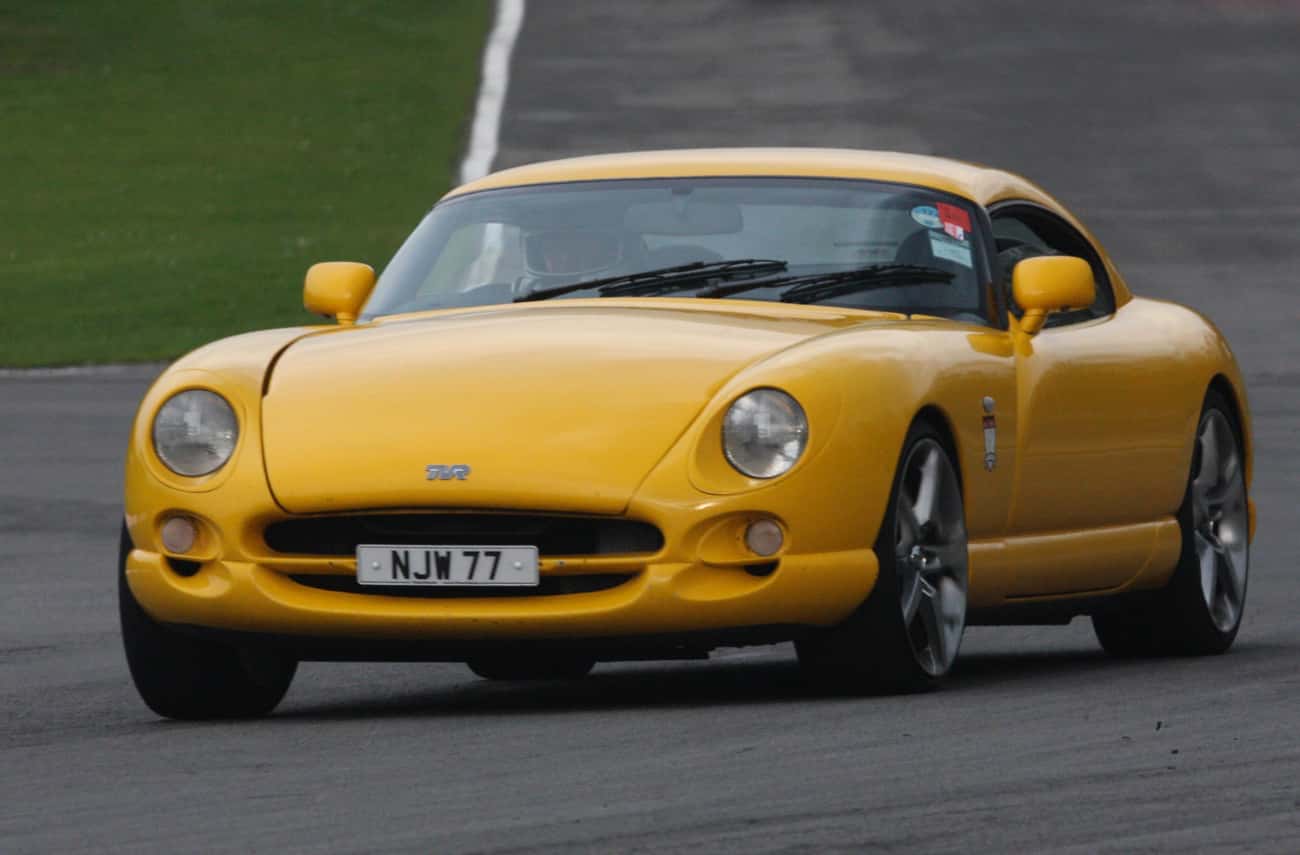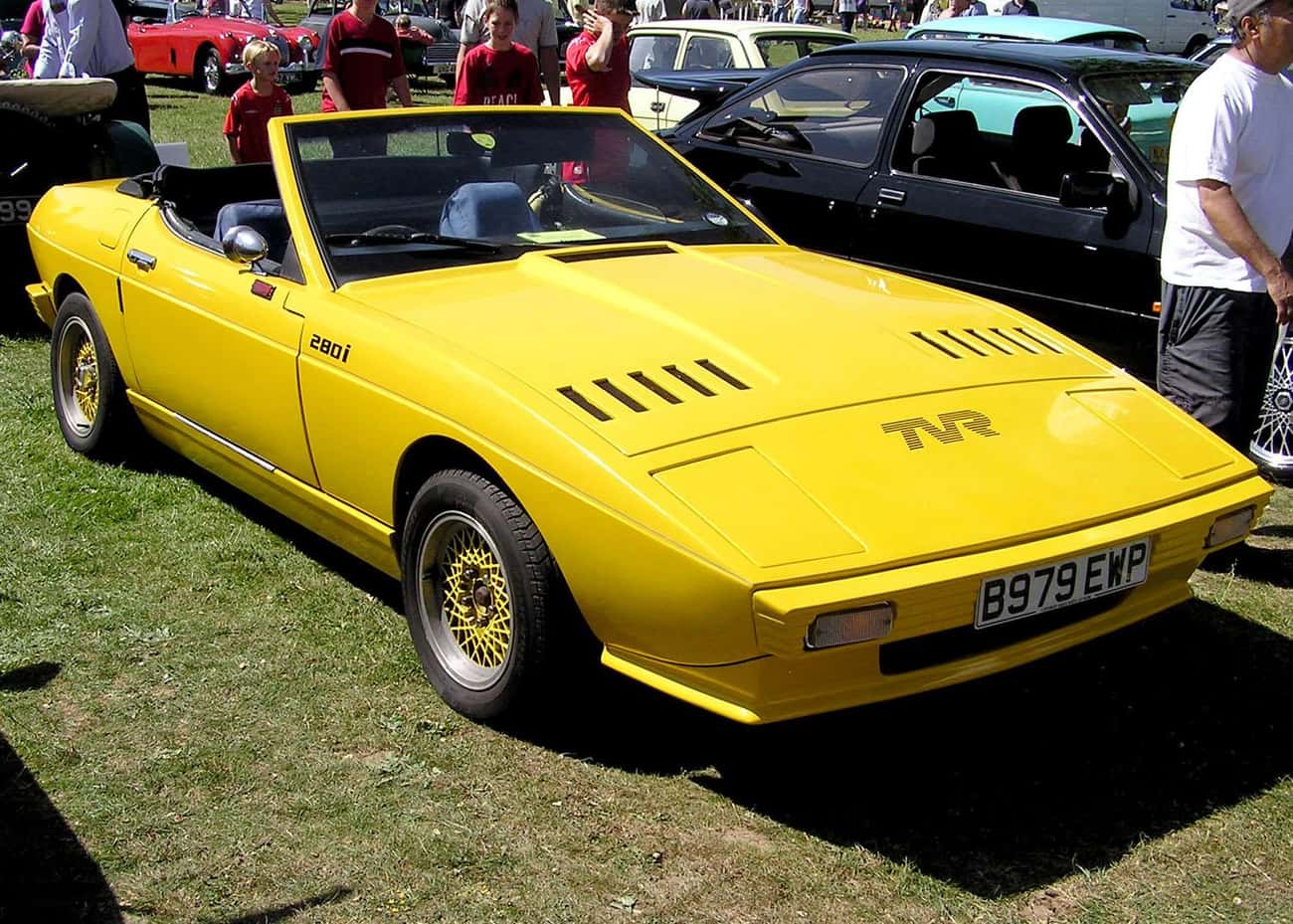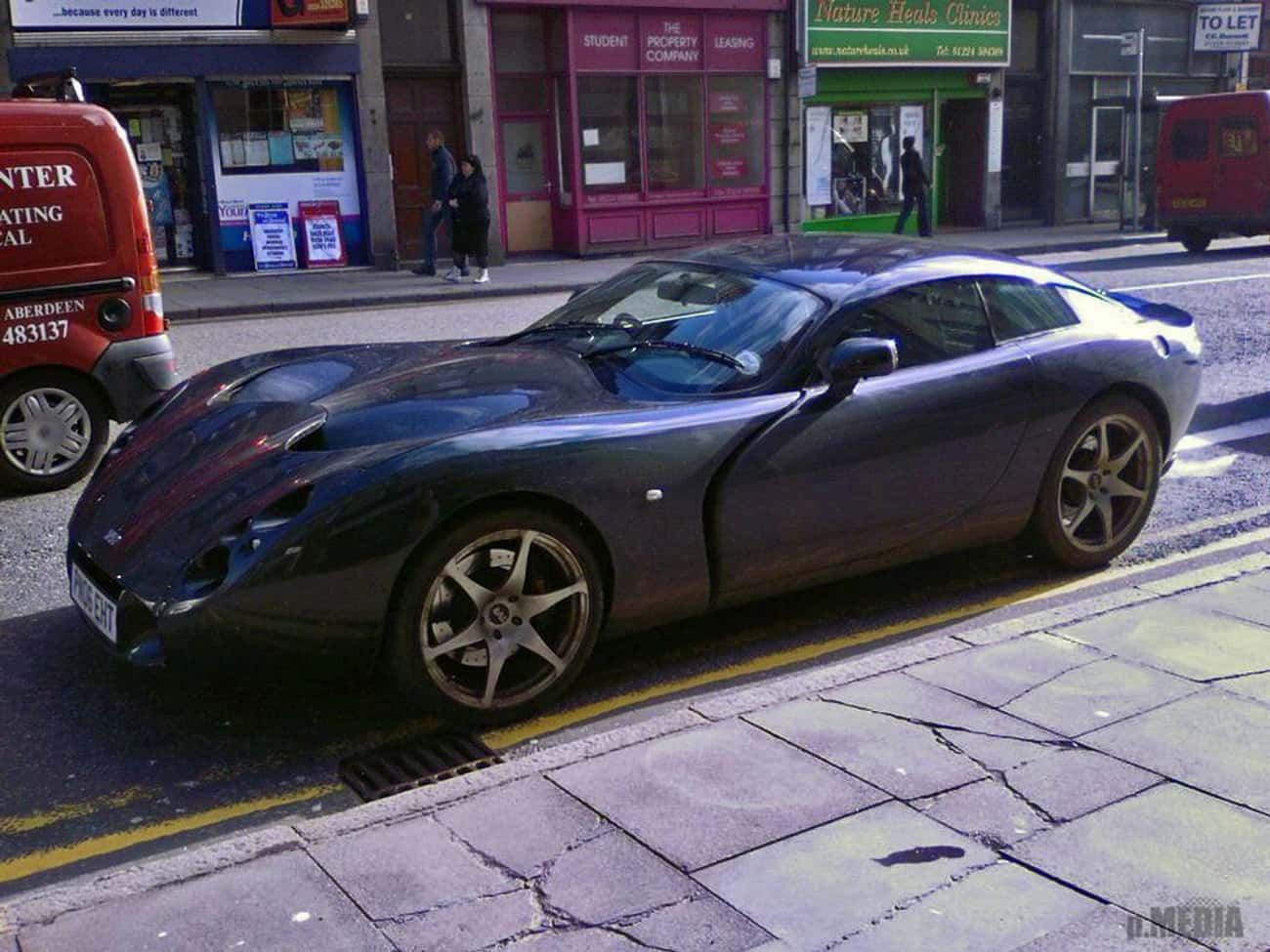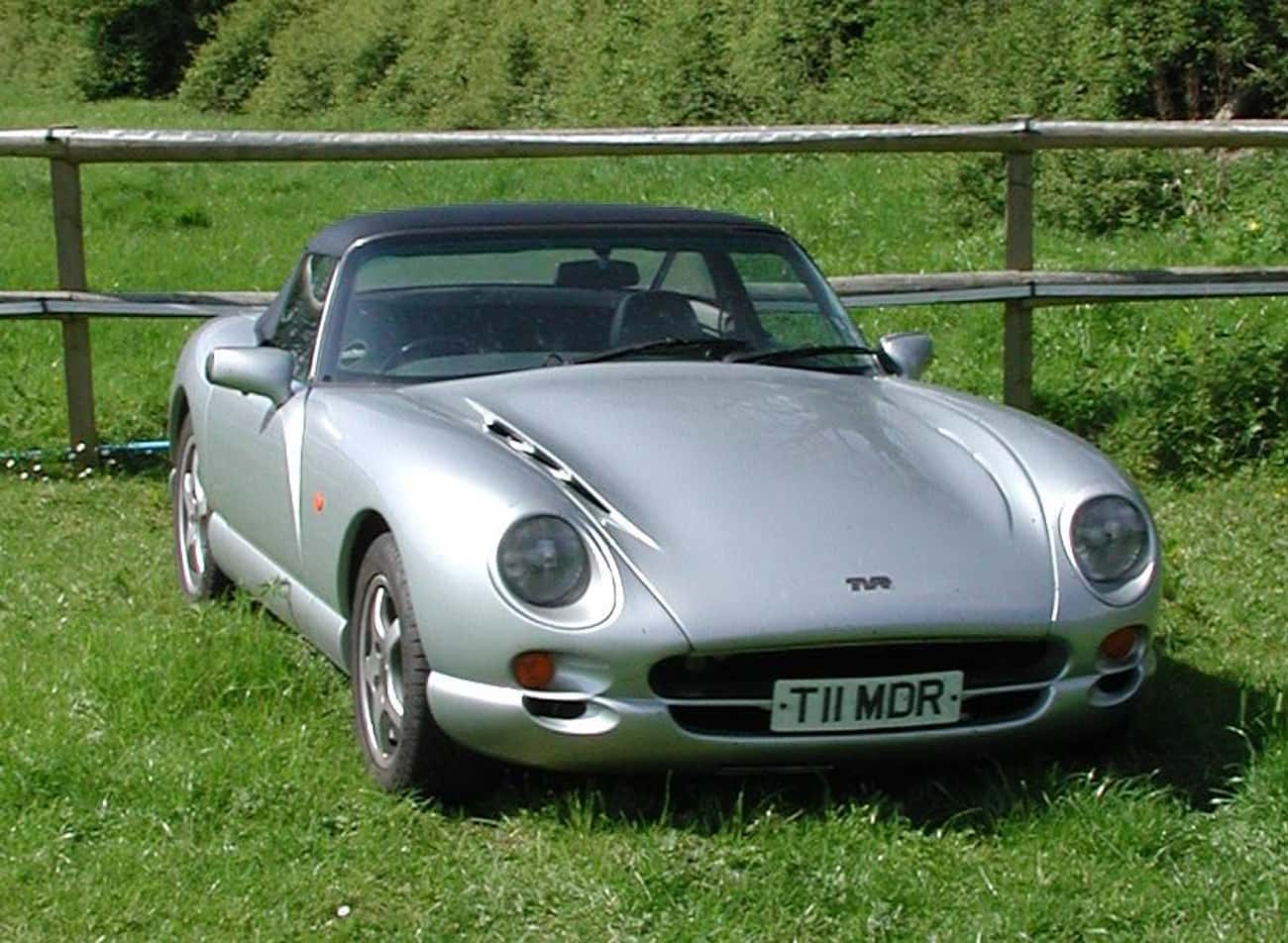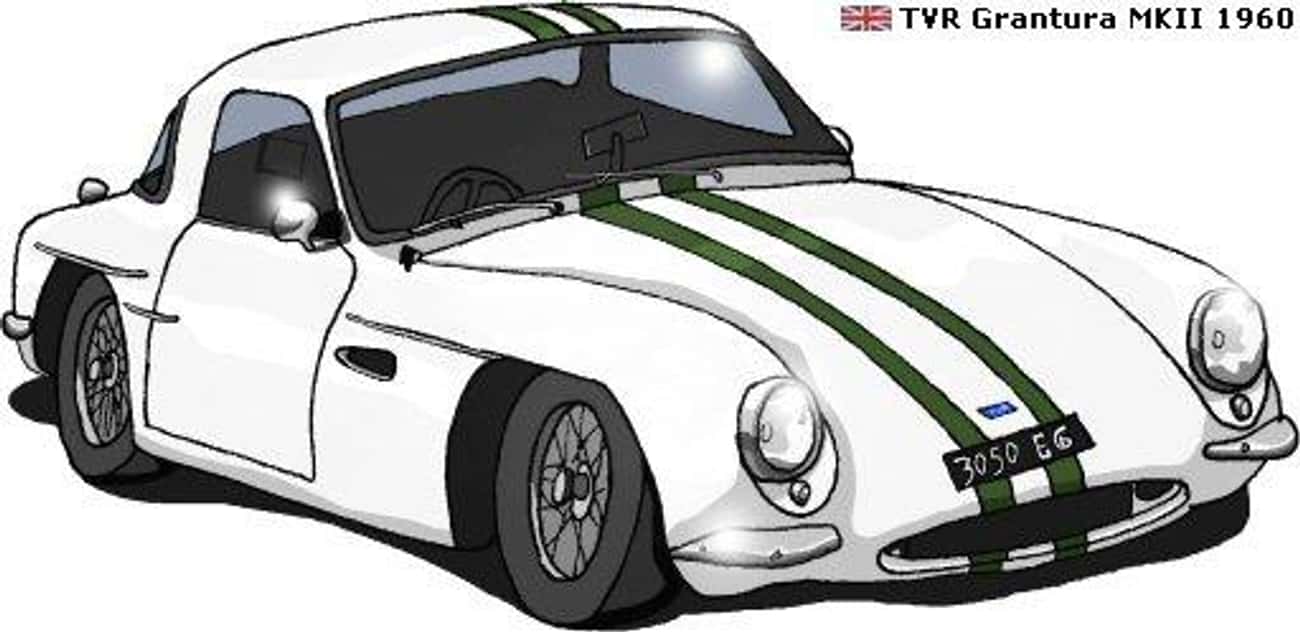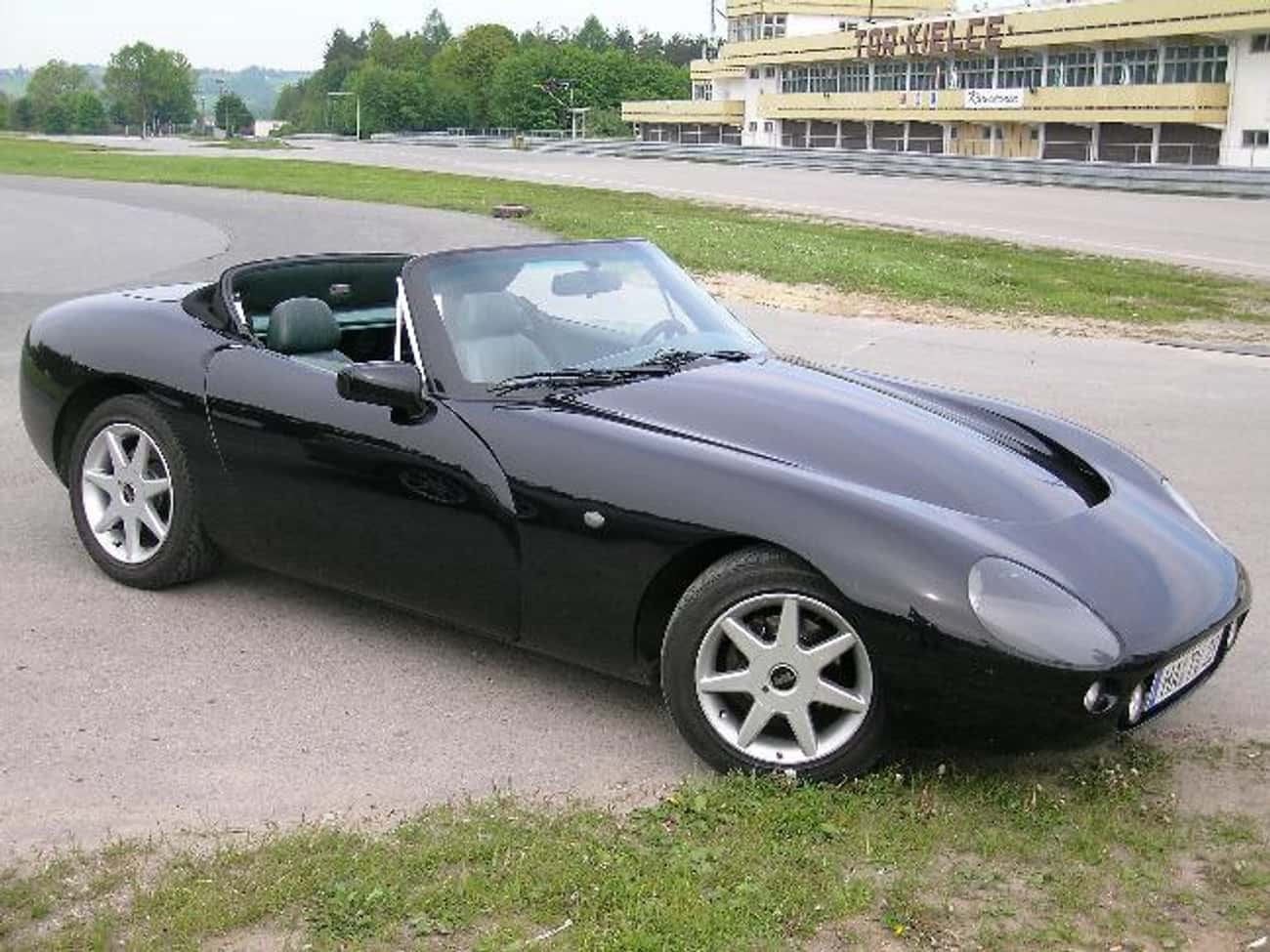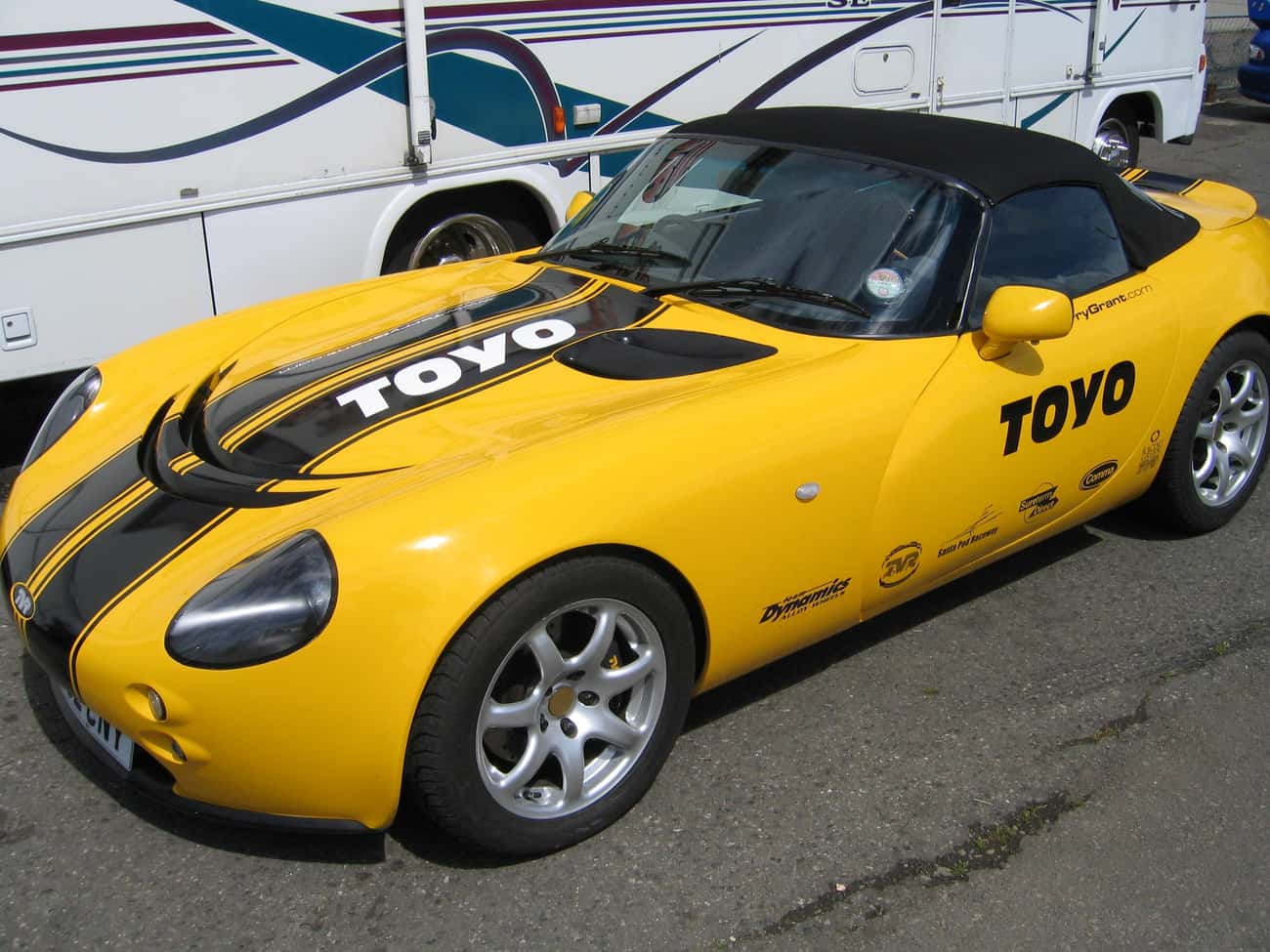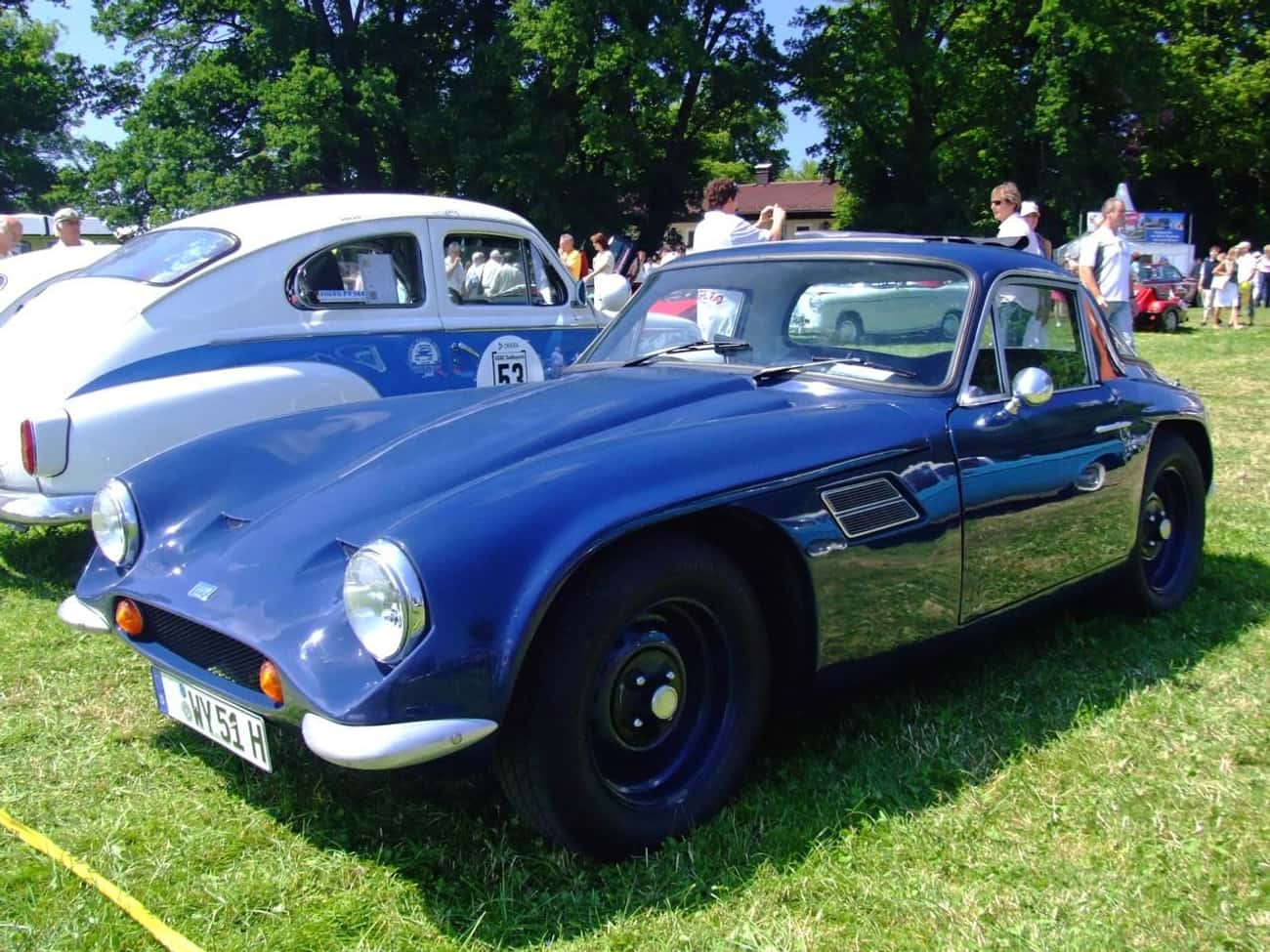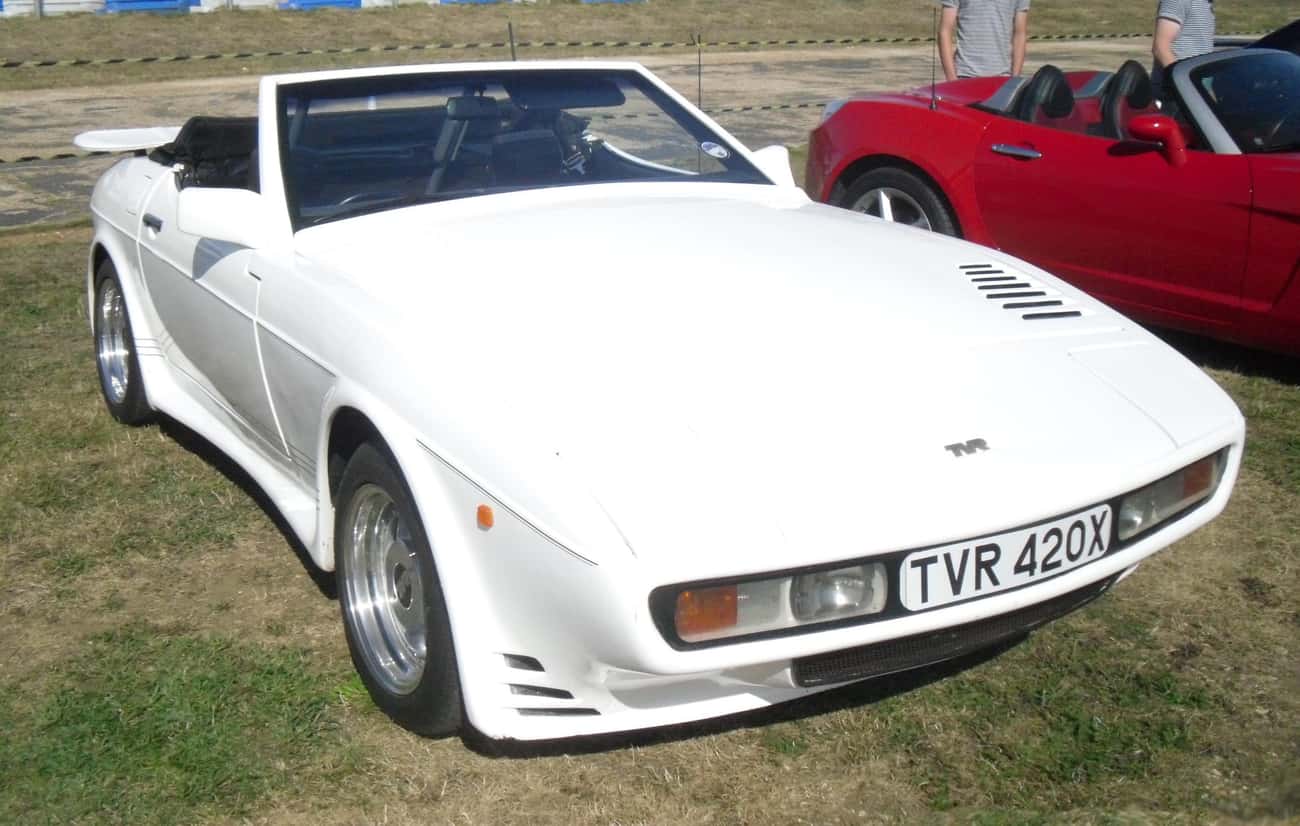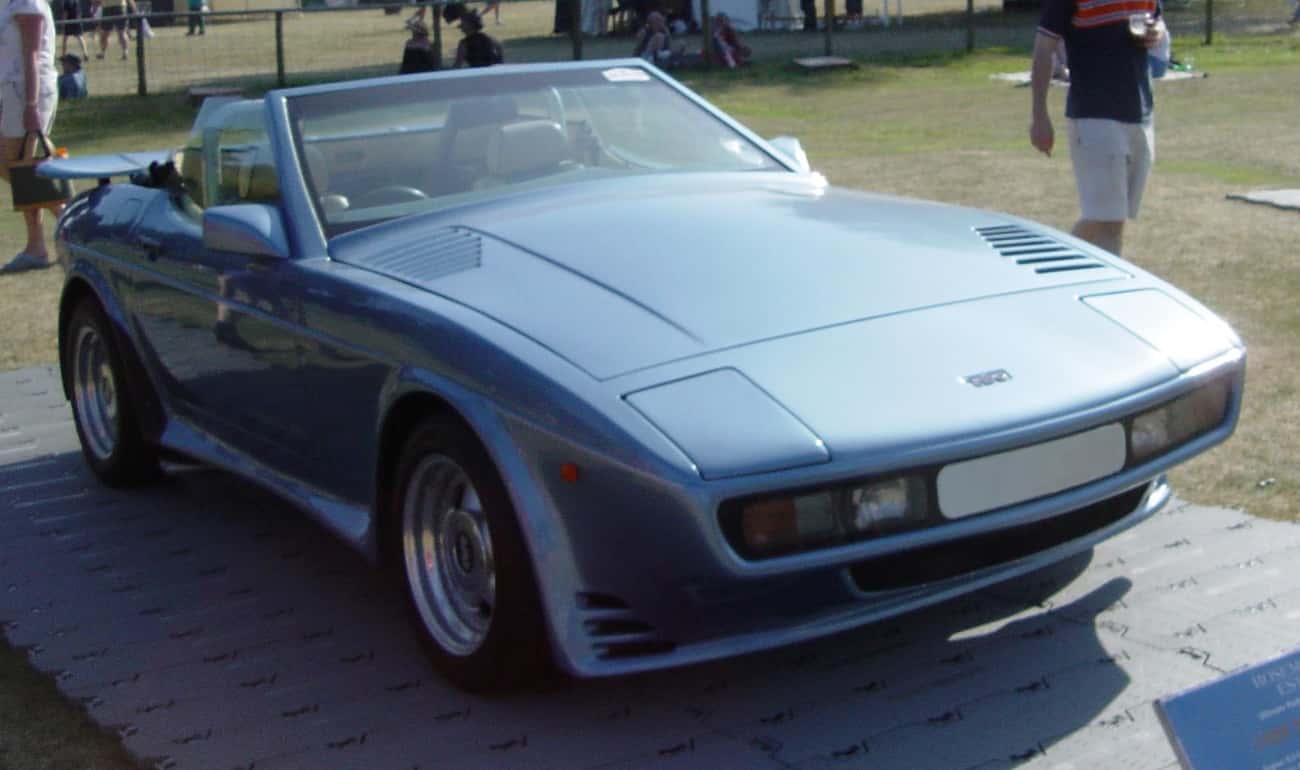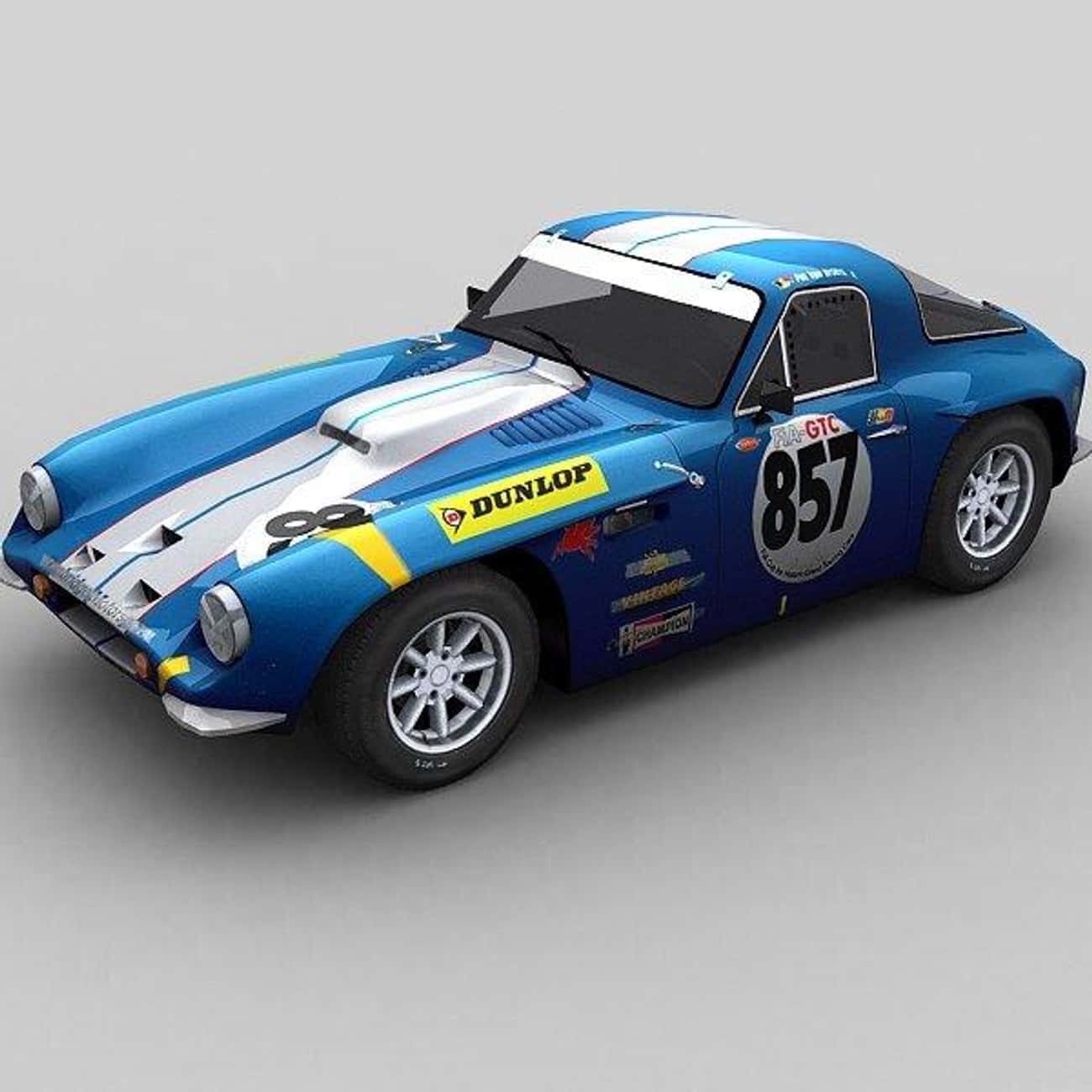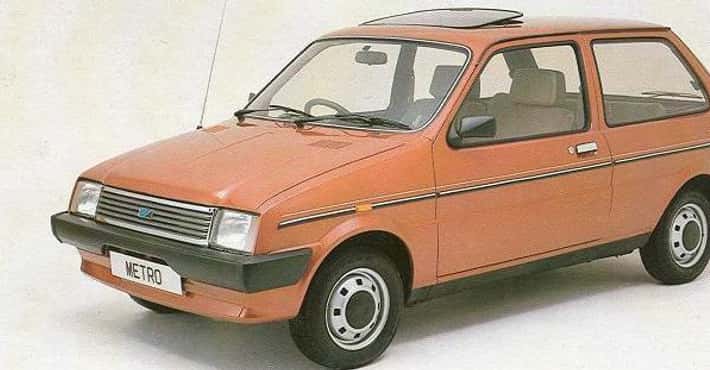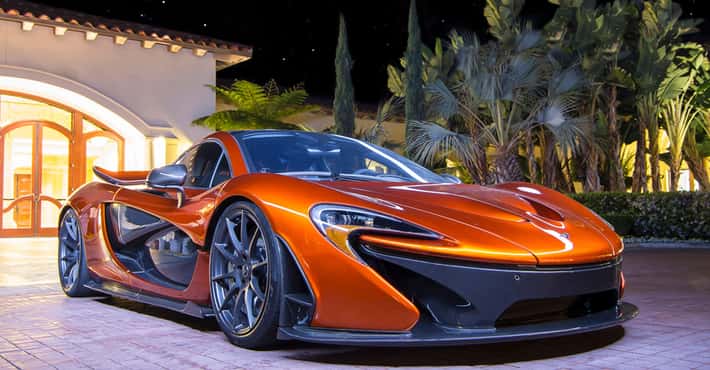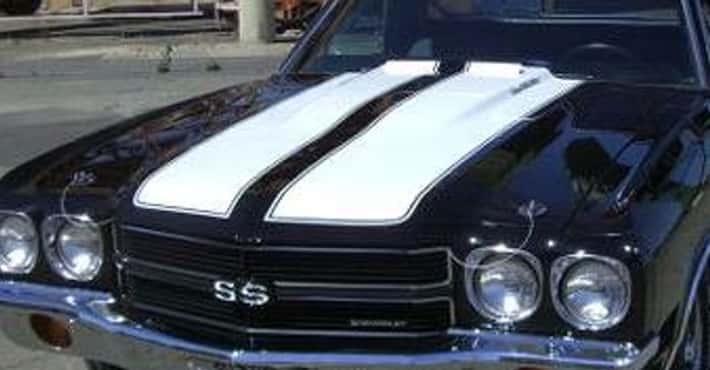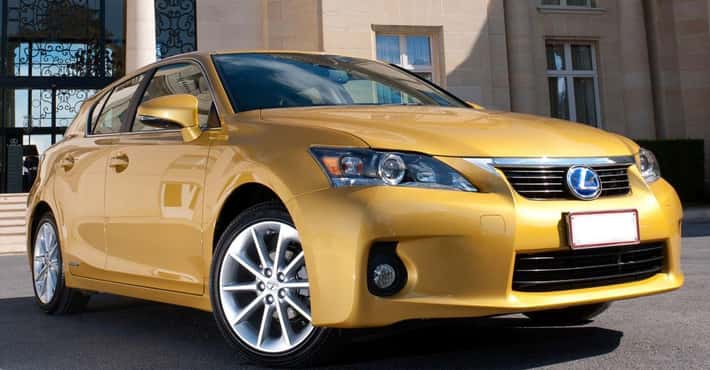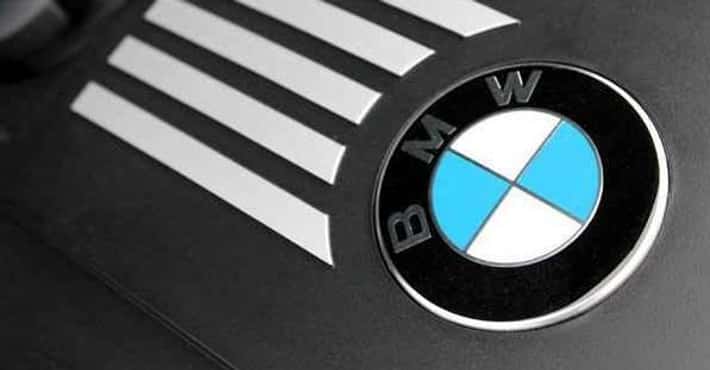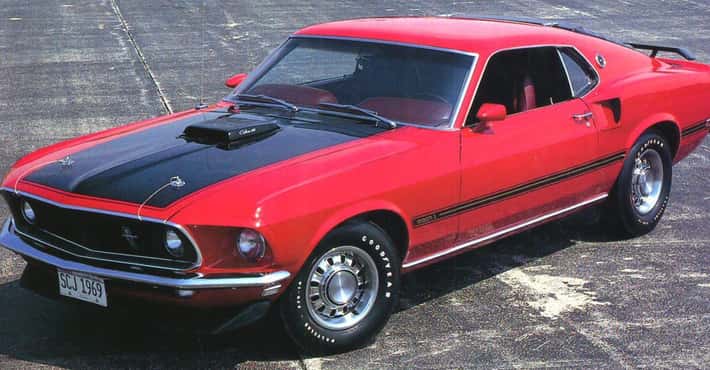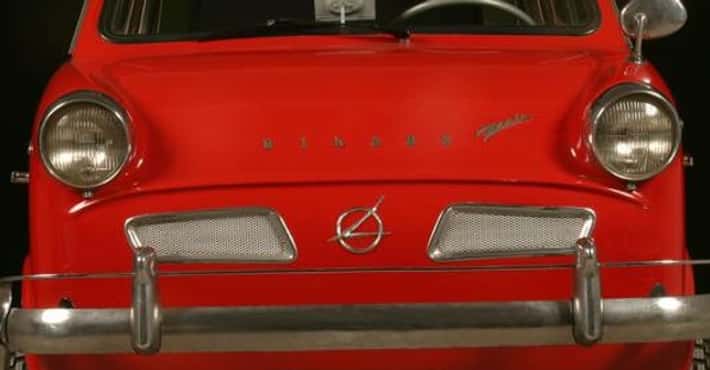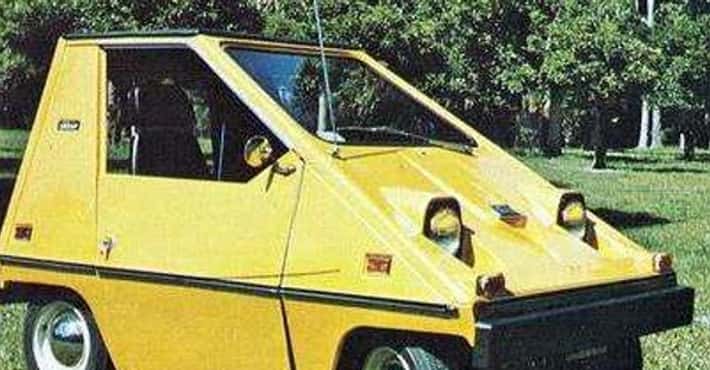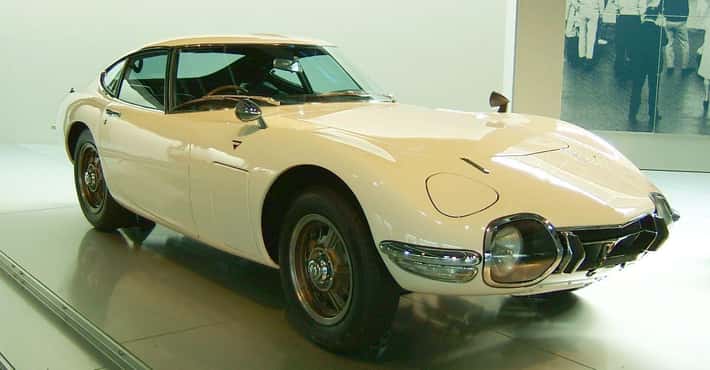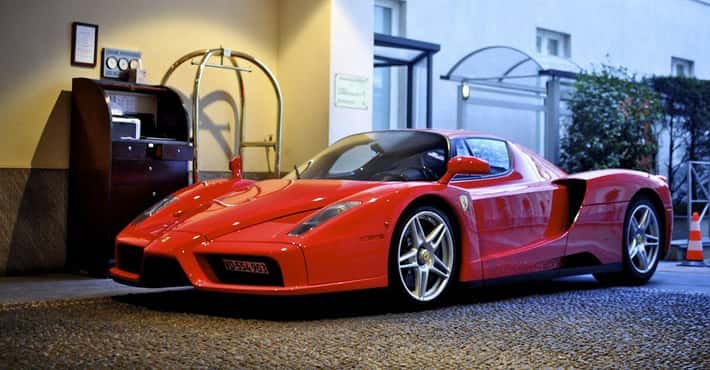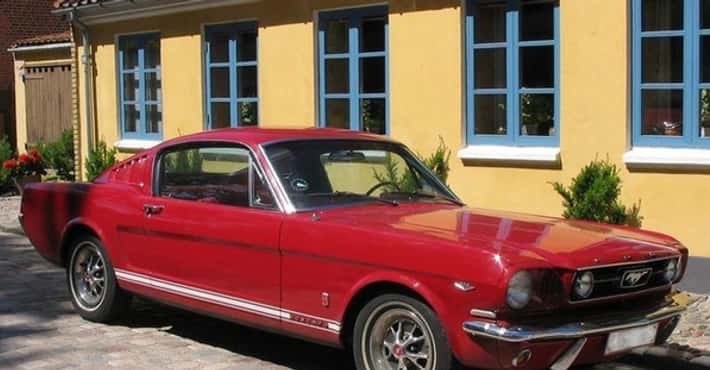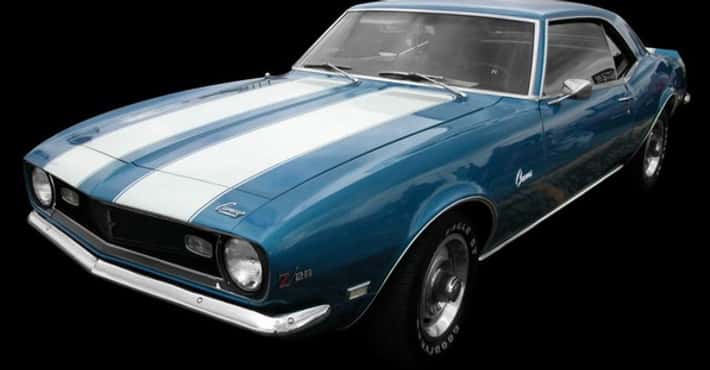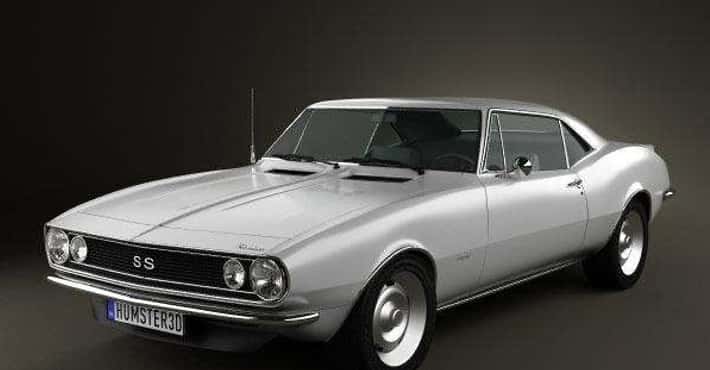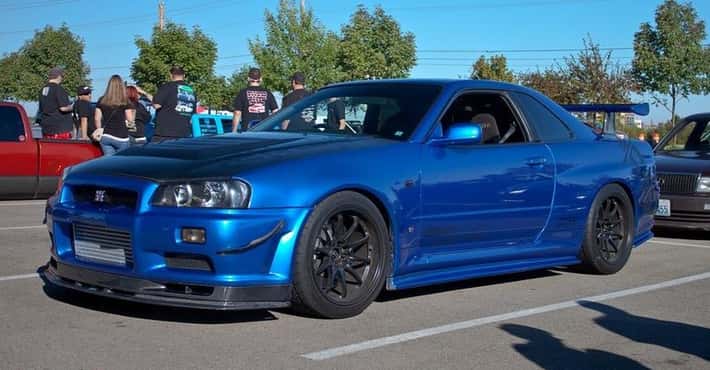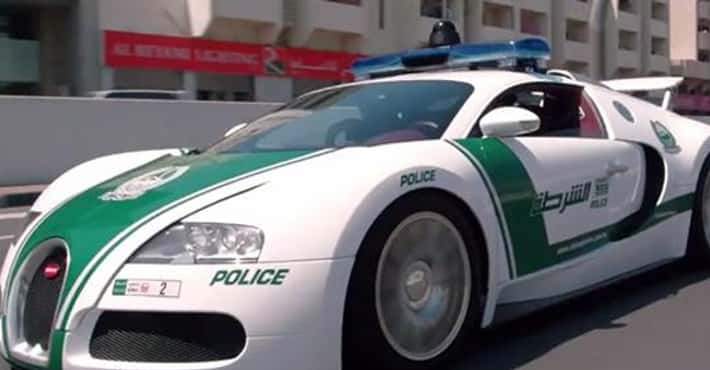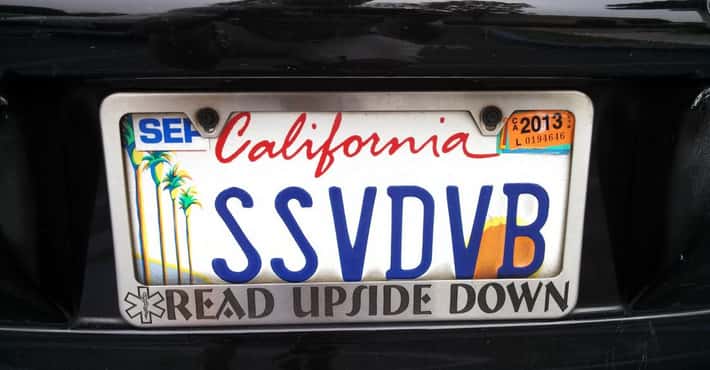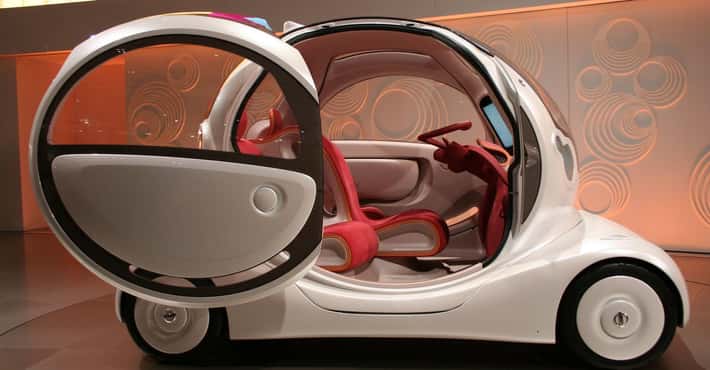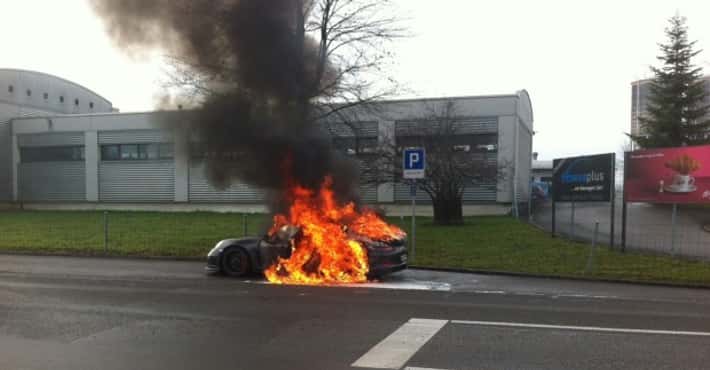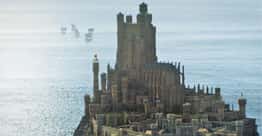Full List of TVR Models
- Photo: Metaweb (FB) / Public domainThe TVR Sagaris is a sports car designed and built by the British manufacturer TVR in their factory in Blackpool, Lancashire. The Sagaris made its debut at the MPH03 Auto Show in 2003. The pre-production model was then shown at the 2004 Birmingham Motorshow. In 2005 the production model was released for public sale at TVR dealerships around the world. Based on the TVR T350, the Sagaris was designed with endurance racing in mind. Several design features of the production model lend themselves to TVR's intentions to use the car for such racing. The multitude of air vents, intake openings and other features on the bodywork allow the car to be driven for extended periods of time on race tracks with no modifications required for cooling and ventilation. The final production model came with several variations from the pre-production show models e.g. the vents on the wings are not cut out, different wing mirrors, location of the fuel filler and bonnet hinges. There are other subtle differences as well.
- The TVR Tuscan is a sports car which was manufactured by TVR in the United Kingdom from 1999 to 2006.
- The TVR M Series is a series of sports cars built by automaker TVR between 1972 and 1979. The series replaced the outgoing TVR Vixen and Tuscan models, and is characterized by a common chassis and shared body style. As with other TVR models before and since, the M Series cars use a front mid-engine, rear-wheel drive layout and body-on-frame construction. The bodies themselves were built from glass-reinforced plastic. The era of the M Series is commonly associated with Martin Lilley who, together with his father, took ownership of the company on November 30, 1965. The M Series was regarded by contemporary reviewers as being loud and fast and having excellent roadholding. This came at the expense of unusual ergonomics, and heating and ventilation systems that were sometimes problematic. The series includes the 1600M, 2500M, 3000M, 3000S, and Taimar, as well as turbocharged versions of the 3000M, 3000S, and Taimar. The first model to start production was the 2500M in March 1972, after being built as a prototype in 1971. A small number of 5.0 L Ford V8-powered cars were finished or converted by the TVR North America importer; these were sold as the 5000M.
- Photo: Metaweb (FB) / Public domainThe TVR Griffith 200 was a lightweight fibreglass-body sports car. In the United States, the make was Griffith and the model was Griffith Series 200, whilst the United Kingdom the make was TVR and the model was Griffith 200.
- Photo: Metaweb (FB) / Public domainThe TVR S Series was announced at the 1986 British International Motor Show. Due to a massive positive response, the car went into production in less than 12 months, with 250 pre-manufacture orders. This was Peter Wheeler's first major development since buying the company from Martin Lilley, and the turning point in TVR's fortunes. Between 1986 and 1994 2,604 S Series cars were made; 410 of these were of the V8S variety. A 1989 TVR S2 was restored on the UK television series Wheeler Dealers, first shown on the Discovery Realtime channel on 3rd November 2009. A TVR S2 was used in the classic British Sports cars challenge of Top Gear in series 15 Episode 6, bought by James May. It lapped the Lotus test track in 2:15.09 minutes.
- Photo: Metaweb (FB) / Public domain
- The TVR T350 is a sports car manufactured by TVR from 2002 to 2006. It is based on the TVR Tamora, and is powered by TVR's Speed Six engine in 3.6 litre form, producing 350 hp. The T350 was available in coupe and targa versions, the coupe version being known as the T350C, and the targa version the T350T. The T350 later formed the base of the TVR Sagaris.
- Photo: Metaweb (FB) / CC-BYThe TVR Cerbera is a sports car manufactured by TVR between 1996 and 2003. The name is derived from Cerberus the three-headed beast of Greek legend that guarded the entrance of Hades. The TVR Cerbera was the third car manufactured by TVR under the leadership of Peter Wheeler. The car represented three firsts for the Wheeler-led company: The first hard-top—the Griffith and the Chimaera were both convertibles The first 2+2—TVRs were traditionally two-seaters The first to be driven by TVR's own engines—historically, TVR had purchased engines from mainstream manufacturers like Rover, Ford and Triumph The prototype was introduced at the 1994 Birmingham Motor Show.
- Photo: Metaweb (FB) / Public domainThe TVR Tasmin is a sports car designed by TVR and built in the United Kingdom by that company from 1980 to 1987. It was the first of TVR's "Wedge"-series which formed the basis of its 1980's model range. The Tasmin/280i was available as a 2-seater coupé, as a 2+2 coupé and as a 2-seater convertible.
- Photo: Metaweb (FB) / CC-BYThe TVR Cerbera Speed 12, originally known as the Project 7/12, was a high performance concept car designed by TVR in 1997. Based in part on then-current TVR hardware, the vehicle was intended to be both the world's highest performance road car and the basis for a GT1 class endurance racer. However, problems during its development, changing GT1 class regulations and the eventual decision that it was simply incapable of being used as a road car ended the idea, forcing TVR executives to abandon its development. The vehicle's engine, displacing 7.7 litres and having twelve cylinders, was reportedly capable of producing nearly one thousand horsepower, although an exact measurement was never made. Nonetheless, its performance was said to be astonishing, and it may have been capable of hitting sixty miles per hour in the low-three second range and have a top speed greater than that of the McLaren F1.
- Photo: Metaweb (FB) / Public domainThe TVR Typhon is a sports car produced by the British car manufacturer TVR in their factory in Blackpool between 2002 and 2004. The Typhon is the fastest production TVR ever built. Only 3 Typhons were ever built. All currently reside in England. In the late 1990s, Peter Wheeler began the project that would fulfil his ambition to see TVRs at Le Mans. A whole new car was going to be needed. It would need to be built using modern composites, be more rigid than any previous TVR and designed to not just achieve in excess of 200MPH on the legendary Mulsanne Straight but to be stable and above all, win. And so began what started labelled as the TuscanR and finally resulted in the legendary 200 MPH+ Typhon the fastest and most expensive production car in TVR's history.
- The TVR Chimaera is a two-seater convertible sports car manufactured by TVR between 1992 and 2003. The name was derived from Chimera, the monstrous creature of Greek mythology, which was made of the parts of multiple animals. The car used the same backbone chassis as the Griffith and used the same derivatives of the Rover V8 engine. The Chimaera was intended to be the long distance tourer of the range and as such was longer, more spacious and had slightly softer suspension than its sister car.
- The TVR Grantura is the first model in a long line of TVR cars and debuted in 1958. The cars went through a series of developments leading to the I to IV and 1800S models. The last ones were made in 1967. These coupés were hand-built at the TVR factory in Blackpool, England with varying mechanical specifications and could be had in kit form. All cars featured a cocktail of Austin-Healey brakes, VW Beetle or Triumph suspension parts and BMC rear axles. The Grantura bodyshell was made from glass-reinforced plastic and made use of a variety of proprietary components. The bonnet was front hinged. There was no opening at the rear but the boot could be accessed from inside the car - the spare wheel had to be removed through the front doors. Buyers could choose from a range of powerplants which included a choice of side or overhead valve engines from Ford, a Coventry Climax unit or the MGA B-series engine.
- Photo: Metaweb (FB) / Public domainThe TVR Griffith, later models being referred to as the Griffith 500, was a sports car designed and built by TVR starting in 1991 and ending in 2002. Like its forerunner namesakes, the Griffith 200 and Griffith 400, the modern Griffith was a lightweight fiberglass-bodied, 2-door, 2-seat sports car with a V8 engine. Originally, it used a 4.0 L 240 hp Rover V8 engine, but that could be optionally increased to 4.3 L 280 hp in 1992 with a further option of big-valve cylinder heads. In 1993 with a TVR-developed 5.0 L 340 hp version of the Rover V8 became available. All versions of the Griffith use the Lucas 14CUX engine management system. All models use a five-speed manual transmission. Although the Griffith was almost mechanically identical to its sister car, the Chimaera, it had a different body design and was produced in much smaller numbers. Well-maintained examples generally command higher prices on the secondhand market. The Griffith was a lightweight, high-power, and well-balanced car. The speed six Griffith proposal never became a production reality; by the time it was launched it had morphed into the TVR Tuscan Speed Six. In Japan, a special edition "Blackpool B340" was sold.
- Photo: Metaweb (FB) / CC-BY-SA-2.0The TVR Tamora is a 2-seater sports car built from 2002 by British firm TVR, filling the gap left by the company's Chimaera and Griffith models. Designed by Lee Hodgetts and Darren Hobbs, it was the entry-level model in the TVR range priced at £43,460.
- Photo: Metaweb (FB) / Public domainThe TVR 350SE was a sports car designed and built by TVR starting in 1990 and ending in 1991. In 1990 TVR Engineering Limited produced a limited production run of 25 specially prepared 350's to mark the end of the era heralded by the 350i. This commemorated the previous 7 years of production during which time over a thousand 350i-model TVRs were manufactured. All 350SEs featured a 3.9 litre NCK hotwire Rover V8 all-alloy engine, polished multi-spoke alloy wheels and Koni adjustable shock absorbers. Each car is uniquely numbered with its number surrounded in laurels in gold for future recognition on the side wings and rear. The cars also had 350SE decals on front spoiler, side sills and rear. TVR originally sold the 350SEs for £21,000. The limited production 350SE was seen as the ultimate progression of the 350i in terms of both outright performance and enjoyment. Number 13 was never made so there was a number 26 to make up the 25 cars. Number 20 was a big valve. Number 19 has been broken up for parts and no longer exists. Number 1 of 25 is Monza red with a cream and red interior and shown in the top photograph.
- Photo: Metaweb (FB) / Public domainThe TVR Vixen is a hand-built sports car which was designed and built by TVR in Blackpool, England from 1967 until 1973. Ford-engined in most of its configurations, it succeeded the MGB-engined TVR Grantura 1800S. It is also the basis for the high-performance TVR Tuscan which was available in both V6 and V8 configurations.
- Photo: Metaweb (FB) / CC-BY-SAThe TVR Tuscan was a front engine, rear wheel drive sports car built by TVR from 1967 to 1971 in the company's Blackpool, England factory. It was the second car developed by TVR during the Martin Lilley era of the automotive firm. The car was made available in both a V8 and a V6 format, with a total of 174 cars built between the two available engine formats.
- Photo: Metaweb (FB) / CC-BY-SA-2.0The TVR 390SE is a sports car designed and built by TVR. It was introduced in October 1984. It featured many novelties not found in other 'Wedge' TVRs before and was also the most powerful one yet. It never received British Type Approval, so technically speaking the 390SE was just a 350i with special equipment fitted.
- Photo: Metaweb (FB) / CC-BYThe TVR 420 SEAC is a sports car designed and built by TVR between 1986 and 1988. It is considered as the ultimate "wedge" TVR and is the final of TVR wedge family. Unlike the other wedges the 420 SEAC was different. The acronym SEAC stands for Special Equipment Aramid Composite, that means that more than 20% of the body was kevlar unlike the others wedges full fibreglass construction. The use of kevlar made the car more than 100 kg lighter without compromising the body rigidity. That, in addition to the highly tuned Rover V8 engine made the car extremely quick but had its effect on price which was twice as much as a standard 350i. In addition the SEAC models can be distinguished by the large rear spoiler and the rounder nose. By 1988 when the 420 SEAC was replaced by the even more powerful 450 SEAC about 40 cars had been built.
- Photo: Metaweb (FB) / CC-BYThe TVR 450 SEAC is a sports car designed and built by TVR in a one year only run. It used the same fibreglass and kevlar body as the 420 SEAC and the same chassis. The only difference was the engine which grew to 4,5 litres and about 325 bhp and 435 Nm torque. As a consequence though the 450 SEAC was even more expensive to build and buy than the already expensive 420 SEAC, so about 17 were made. Curiously, rumour has it that more SEAC's are on the road now than were manufactured in the first place, that is because many wedges were converted to 450 SEAC spec afterwards.
- The TVR Griffith Series 400 is a 2-door coupe sports car produced by Griffith Motor Company in Plainview,New York, between 1964 and 1967. It is the successor to the TVR Griffith 200, featuring improved cooling via a larger radiator with twin electric fans, redesigned rear suspension, and a redesigned rear with better visibility and the round taillights sourced from the Ford Cortina Mark I. The standard engine in the 400 was the more powerful Ford 289 'HiPo' Windsor engine producing 271 hp that was available in the Series 200 as an option. The 400 weighed a few more pounds than the 200 due mostly to the new Salisbury independent differential that gave it a higher gear ratio providing it with a higher top speed. Grantur Ltd. of England designed the independent suspension for the TVR automobiles which later became the Griffith 200 and 400. The Griffith 400 had then state-of-the-art unequal wishbone suspension on all four corners and the car weighed significantly less than its contemporary, the AC Cobra, making it a very potent racing car. As the Series 400 cars were being produced in early 1965, the entire east coast of the US was crippled by a prolonged dock strike.


